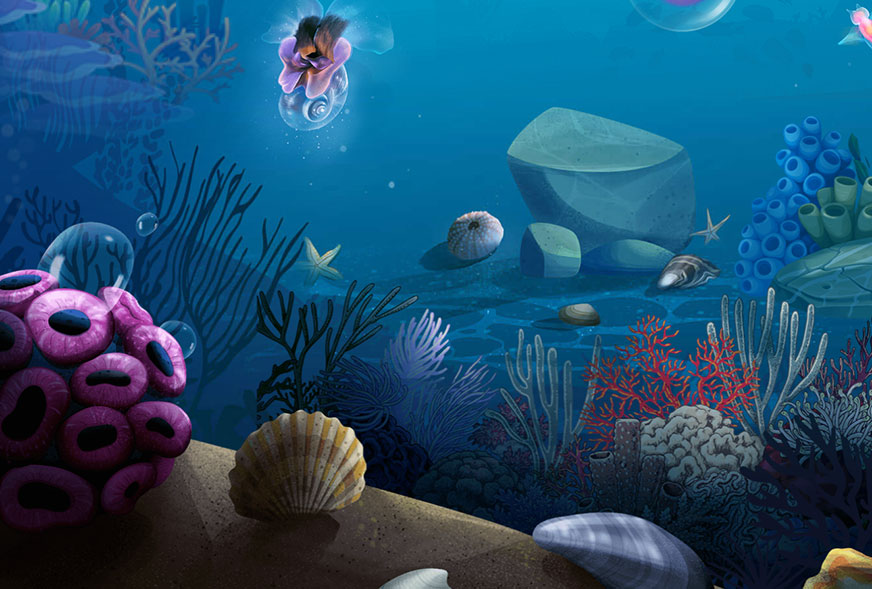Climate Change
IUCN engages on this issue from multiple perspectives, from assessing the risks that climate change poses to biodiversity, to advancing practical nature-based solutions centred on the better conservation, management and restoration of the world’s ecosystems
News
-
 Sustainably managed mangroves can provide ecosystem services such as coastal protection, food and medicines as well as carbon storage, positively impacting both biodiversity and human well-being. The IUCN Global Standard for NbS provides a tool to help ensure that projects labelled as Nature-based Solutions - for example through restoration of mangroves - do indeed deliver the anticipated benefits to both society and biodiversity.
Photo: Maxwell Ridgway / Unsplash
Sustainably managed mangroves can provide ecosystem services such as coastal protection, food and medicines as well as carbon storage, positively impacting both biodiversity and human well-being. The IUCN Global Standard for NbS provides a tool to help ensure that projects labelled as Nature-based Solutions - for example through restoration of mangroves - do indeed deliver the anticipated benefits to both society and biodiversity.
Photo: Maxwell Ridgway / Unsplash
Quick reads
Aimed at policy-makers and journalists, IUCN Issues Briefs provide key information on selected issues in a two-pager format.









